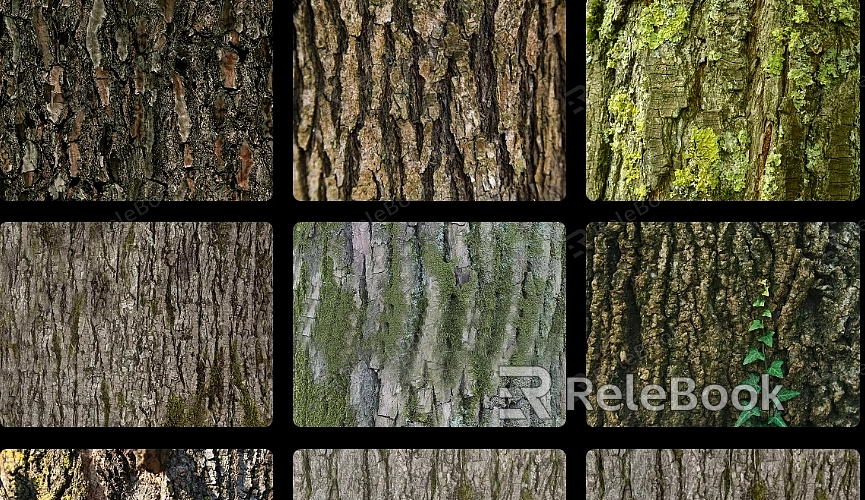Blender Texture Editing
Texture editing in Blender stands as a crucial step in shaping the appearance of 3D models. Through skillful editing, you can impart unique aesthetics and intricate textures to models, significantly enhancing scene rendering. Editing textures might involve texture painting, where in texture editing mode, you can directly manipulate textures using Blender's painting tools, adding details, colors, patterns, and more. This method allows painting on textures akin to image creation in painting software. Alternatively, parameter editing involves adjusting texture parameters like color, contrast, brightness, blur, etc., through the node editor or texture properties panel. This approach modifies the texture's appearance without directly painting on the image.

Example Scene One: Natural Wood Texture for Flooring
Designing a cozy living room scene allows using Blender's texture editing to add realistic wood grain textures to the floor. Each wood grain vividly showcases, almost as if experiencing the tactile sensation of stepping on real wood flooring.
Example Scene Two: Time-Worn Marks on Ancient Walls
Creating scenes depicting ancient architecture involves using Blender's texture editing to add age marks to walls. Cracks, color variations evoke a sense of historical wear and tear across the entire wall.
Example Scene Three: Futuristic Metallic Aesthetics
When designing models with a futuristic tech style, editing metallic texture in Blender provides a smooth, sleek tech feel, almost like futuristic high-tech products.
Example Scene Four: Street Art Culture with Colorful Graffiti
Expressing street art culture involves using texture editing to add vibrant colorful graffiti to building surfaces. Each stroke vividly displays, infusing the scene with a unique street art vibe.
Example Scene Five: Cosmic Space with Radiant Nebulae
When creating space scenes, editing nebula textures can produce captivating cosmic effects. The dazzling and colorful nebulae add visual impact to the entire space scene.
Example Scene Six: Softness of Beach Sand Grains
While rendering beach scenes, texture editing adds delicate sand grains to the beach. Each sand grain appears distinctly visible, almost feeling the softness of the beach.
Example Scene Seven: Watercolor Dreamscapes
Creating dreamlike fantasy scenes involves using texture editing to apply watercolor-like effects to model surfaces. Gradient colors, soft transitions bring a dreamy quality to the entire scene.
Example Scene Eight: Opulent Marble Luster
Designing luxurious settings allows editing marble textures to bestow models with a splendid luster. Each marble piece reflects an enchanting texture, elevating the scene's opulence and refinement.
Through Blender's texture editing, whether directly painting textures or tweaking parameters, these methods modify textures used in models to meet design requirements, enhance appearances, or adapt to different scenes. If you need high-quality 3D textures and HDRI, you can download them from Relebook and import the textures directly into your models for immediate use.

